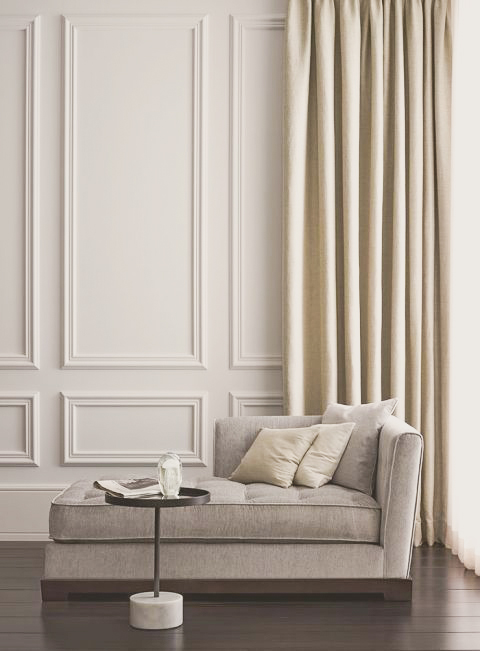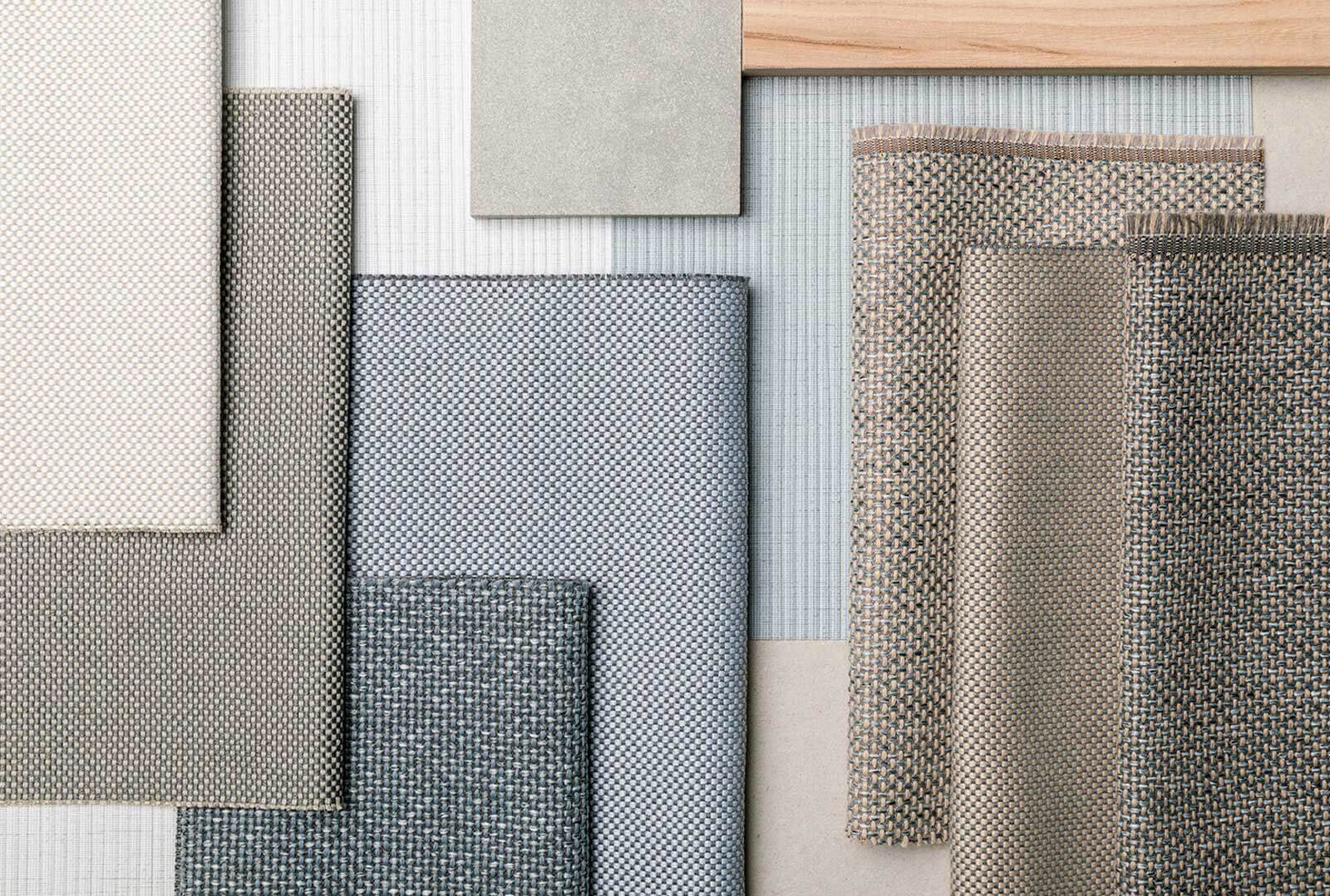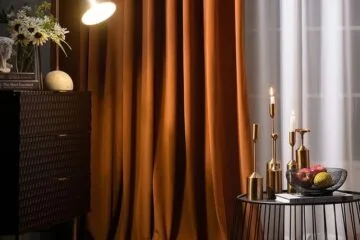A piece of furniture is upholstered using webbings, padding, springs, and different fabric materials. The upholstery fabric gives the furniture item its exterior appearance, feel, and appeal.
Fabric House guides you through the process of choosing the perfect upholstery fabric to enhance your home décor. Selecting the suitable fabric can be difficult because there are so many options in terms of colour, pattern, wear and tear, maintenance, and fibre content. Your choice of upholstery fabric is highly influenced by colours, styles, and the mood of the place. But it would help if you also considered the purpose of upholstery use, the durability of fabric and maintenance from a long-term perspective.
Below we give you a brief description of choosing the perfect upholstery fabric according to your needs.
Durability
Durability is the top feature to research when it comes to a piece of upholstery fabric. What if you buy the world’s most striking and luxurious upholstery piece, but it tends to warp and wear in a small time frame? You would be highly distressed.
Numerous aspects depict the durability of upholstery fabric. If you want to buy furniture for everyday use, durability becomes critical. Whereas a decorative piece that is rarely used, performance doesn’t matter as much. Embellished, wool, linen, and silk fabrics are high maintenance and luxurious. Cotton duck is a trending, strong, plain woven fabric ideal for printed designs with a higher tendency to warpage.
A “double rub” test is the golden standard measure to check the abrasion resistance of upholstery fabric. Double rub test uses a machine that detects how many “rubs” a fabric can sustain before it wears out and is one of the main methods of upholstery fabric durability ratings. You rub a fabric when you sit on it and get up from it; this is referred to as a double rub.
Residential use upholstery fabric demands 10000-25000 double rubs, whereas commercial ones demand 1,00,000 and more double rubs.
Double rub approximate – Upholstery fabric durability ratings:
Delicate use: 8000-10000
Light to medium use: 10000-20000
Heavy use: 20000 and more
“Martindale rub test” is similar to a double rub test and is commonly used in the UK and Europe for determining fabric durability.
Thread count is another feature that depicts durability. It suggests the number of threads in a square inch of a given fabric. Higher the thread count, the higher the wear resistance of the durable fabric. Remember that tightly woven fabrics tend to have a high thread count and last longer.
Upholstery fabric tends to pill/fuzzball formation. Tiny fibres on the fabric surface tangle together to form pills with constant use. Loosely woven fabrics show increased pill formation. Additionally, pets bring in dirt and germs and loose fabrics from a storehouse for it. You should use synthetic fabrics to avoid this. In this case, you should opt for synthetic fabrics.
Fabric Care
“Care for your fabric, and it will care for you.”
All upholstery fabrics call for utmost care and maintenance. Regular dusting, vacuuming and spot cleaning is prone to leave your upholstery in its original unblemished state. Always dry clean your upholstery fabric before setting it up. Choose a stain-resistant fabric if possible. Use fabric protectant sprays as they help increase fabric longevity.
Professional upholstery cleaning services are also available. Demanding fabrics such as silk, velvet, chenille require professional cleaning.
You should treat any stain or spill on the fabric immediately. Use a blotting tissue to soak up the liquid and ensure you never rub over the fabric. Also, read the manufacturer’s instructions before cleaning any upholstery fabric as various fabrics react to water differently.
If you have removable fabric covers, they can be hand-washed with mild detergent. Covers that are fixed are vacuum cleaned or steam cleaned. Fabric tags over your material usually have a coding system for cleaning:
Cleaning Codes:
W– Can be cleaned with water
S– Requires solvent-based cleaner
W/S – Can be cleaned with water or solvent-based cleaners
X– Requires vacuuming only
Always follow the recommended cleaning tag instructions.
You can purchase fabric pill shavers for those fabrics that tend to pill. These come in handy to trim pills when they show up.
You must protect upholstery fabrics from direct exposure to sunlight as it may fade the colours.
If any, Cushions should be routinely flipped and rotated to keep them fluffy and prevent colour fading and fabric crimping.
Many innovative products are up for grabs to make upholstery fabric cleaning an easy peasy process:
- Upholstery detergent
- Upholstery Aerosol with built-in brush
- Fabric stain remover
- Foaming cleaners for dirt and grease
- Ecological Odour removers
- Vacuums designed for pet hair removal
Another easy method of cleaning your upholstery fabric all by yourself is to sprinkle baking soda evenly and let it sit for a few minutes. Vacuum clean it up after 20 minutes, and you will get a sparkling and odour-free feel.
Fibres
Cotton
Cotton is a breathable and pocket-friendly fabric. It also has good fade and pilling resistance but cannot stand harsh sunlight. Damask weave cotton is used in official setups, whereas cotton duck canvas has a casual appeal in households.
Linen
Linen is vintage, breathable and perfect for simple living rooms. Sunlight dampens linen. It soils and wrinkles easily, so you should use it with care.
Wool
Luxurious warm textured, and heavy is wool—good resistance to fading, soiling, and wrinkling. Flame resistance is its exquisite feature. However, it is scratchy to touch and should be used wisely.
Silk
Royal and ultra-soft are what constitute silk. It has a good drape but is delicate. When used, it demands professional cleaning.
Polyester
Polyester is an all-rounder when it comes to performance. It is rarely used alone, blends with cotton or wool to deliver the extra mile. Durable and easy to clean.
Nylon
Nylon is durable has high abrasion resistance and resilience. So you can use it in areas of heavy use efficiently.
Finding Your Perfect Upholstery Fabric
All the fabrics mentioned above come in vivid colours and patterns. The colour of your upholstery fabric is highly dependent upon the colour and size of your room. You can use a fabric colour that blends with existing wardrobes like light brown or match it with colourful, dramatic curtains or lamp sheds.
For example, you can use blue curtains with blue sofa fabric. Or a living room that has many windows and exposes nature can have a green coloured sofa to blend in.
If you want your sofa to stand out, you can go for bold colours. At the same time, a neutral colour sofa will always blend in with the room.
It all depends on your choice, mood, and style. We hope we have made choosing the suitable fabric easier for you. Remember, you can always talk to a professional for further advice.
Speak to us if you need any assistance choosing fabric for your next upholstery project!
Good luck, and grab your perfect upholstery fabric today!





